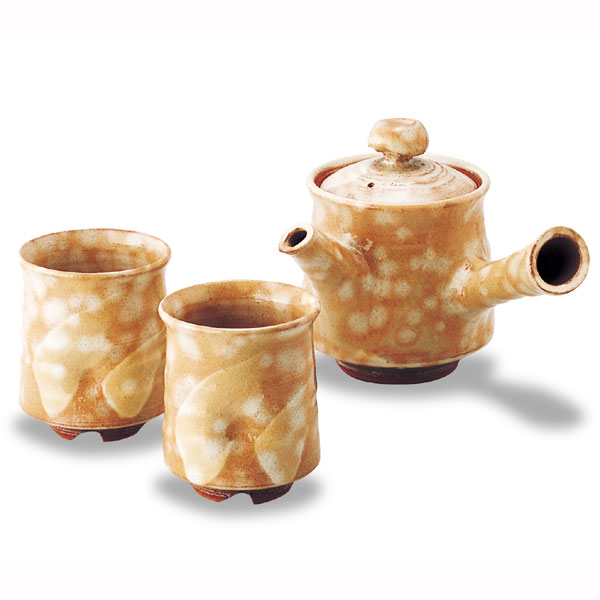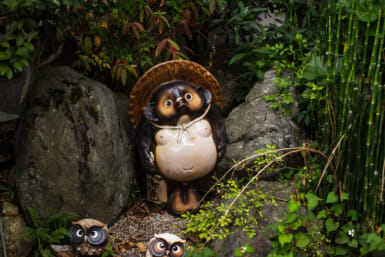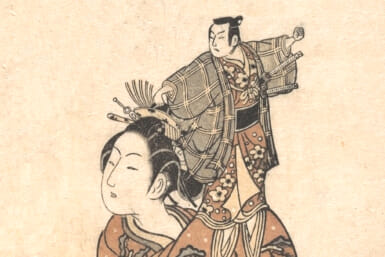With the winter chills dragging on this cold season, sipping on a steaming cup of tea is a fail proof way to keep toasty warm.
Yet wherever you are in the world, tea of course is not exclusive to winter and indeed in many countries, including Japan, is the most commonly drunk beverage all year round. You’ll also have noticed it has an important part to play in the culture of the country. And it’s not only the tea ceremony – the art completely devoted to the preparation and presentation of powdered green tea, matcha – that shows us how important the drink is.
Whether your tipple is green, black, oolong, jasmine, kelp, barley, roasted green, or a roast that includes brown rice, you won’t be stuck for choice should you waver from the norm.
To make it even easier to branch out – though slightly more confusing – green tea itself is divided into different categories according to the timing of harvest and on the amount of sunlight the tea leaves are subjected to:
The highest grade is gyokuro, which is picked during the first round of harvest and shaded from the sun for some time before harvest. Second comes sencha, which is also picked in the first round of harvest but whose leaves are not protected from the sunlight. Lastly, bancha stands at the ‘lowest’ grade as the leaves are picked during the later stages of harvesting. As for matcha, only dried and finely milled quality leaves are used.
Most of the tea in Japan is cultivated in Shizuoka, Kagoshima and Uji, the old city found in the Tale of Genji, located between Kyoto and Nara. History says that the beverage was first introduced to Japan from China in the 700s, but back then the luxury stuff was reserved for priests and noblemen.
Whether you see tea as an art or just a mere chance to relax after work – even during – at least know that to enjoy it at its best you’ll want to stop and think.
The teapot above is a particularly nice way to enjoy and from the hundreds of options out there is a current favourite of ours. To have a look at more ceramics like this and to get more information on the craftspeople of Japan, or indeed to buy some of the products talked about here, visit JCRAFTS.com, who have in part sponsored this article. Jcrafts is an online shop that sells items with engrained Japanese spirit to 120 countries worldwide while aiming to also teach you all about where they come from.









